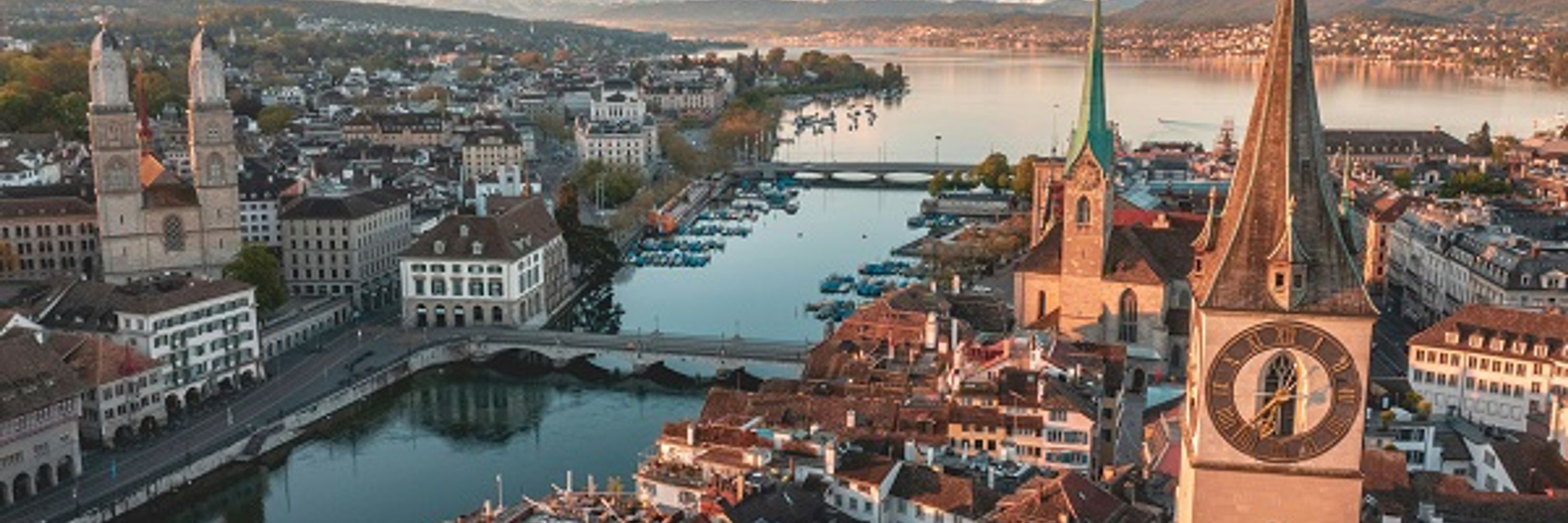Alice Bizeul
@alicebizeul.bsky.social
35 followers
17 following
11 posts
PhD student @ETH AI Center working on self-supervised representation learning | Previously @EPFL, @MIT, Research Intern @Amazon
Personal website: https://alicebizeul.github.io
Posts
Media
Videos
Starter Packs
Alice Bizeul
@alicebizeul.bsky.social
· Mar 19

From Pixels to Components: Eigenvector Masking for Visual Representation Learning
Predicting masked from visible parts of an image is a powerful self-supervised approach for visual representation learning. However, the common practice of masking random patches of pixels exhibits ce...
arxiv.org
Alice Bizeul
@alicebizeul.bsky.social
· Mar 19
Alice Bizeul
@alicebizeul.bsky.social
· Mar 19








